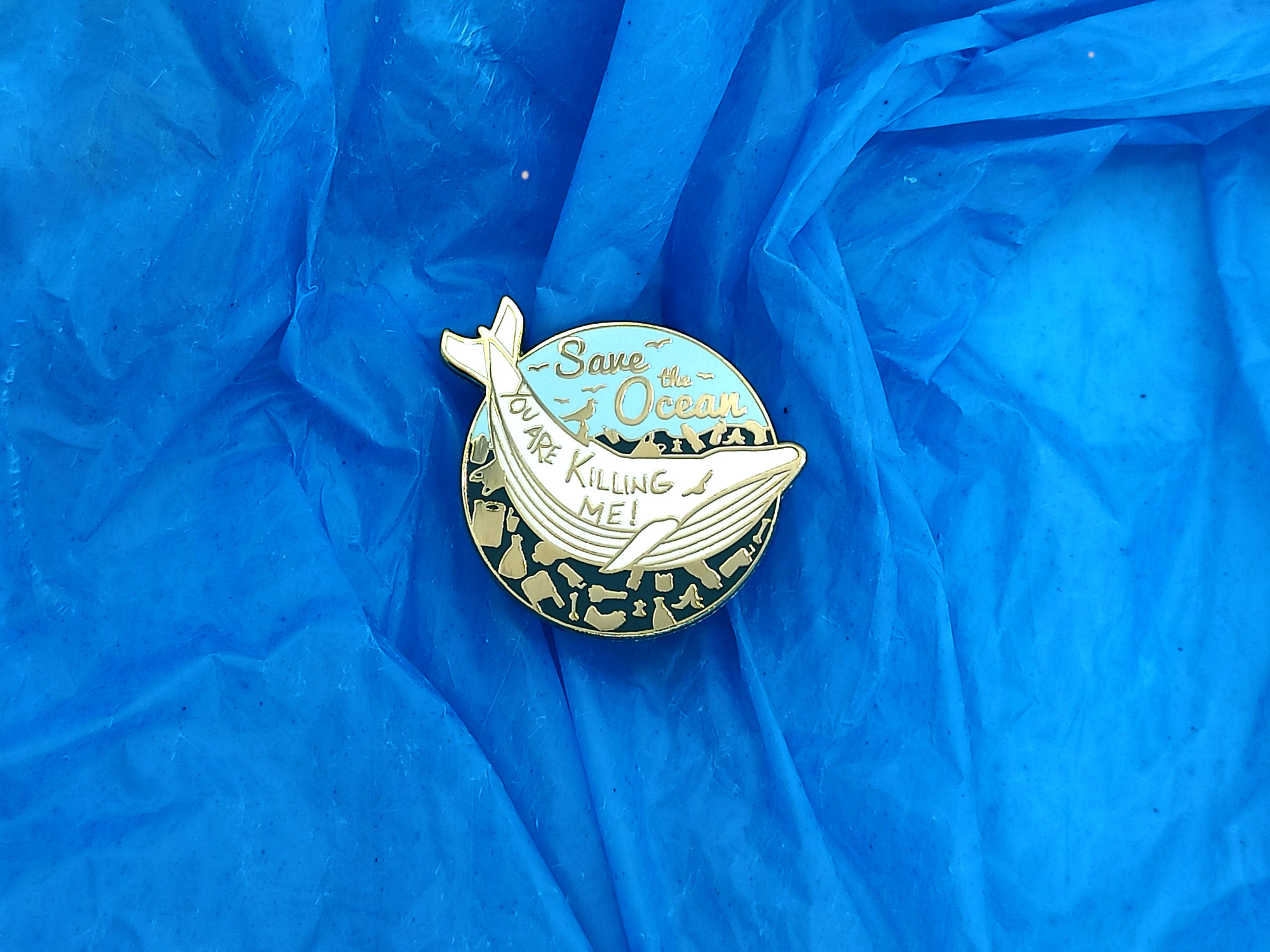Fabricating personalized medals may seem like a complicated task, but with the right knowledge and tools, it is a relatively straightforward process. In this article, I will guide you through the process of making personalized medals, from design to production, so that you can create unique and customized medals for your event, organization, or company.
Designing the personalized medal
The first thing you need to do when making a personalized medal is to create a design. The design should be consistent with the intention behind the medal, and should properly represent the organization or event that will award it. If you have experience in graphic design, you can create the design yourself using programs like Adobe Illustrator or Photoshop. Otherwise, you can hire a designer to help you create an attractive and coherent design that meets your needs.
Once you have created the design, make sure it meets the necessary technical requirements for medal production. Make sure the resolution is adequate, the colors are accurate, and the design fits the size of the medal.
Choosing the material
The next step is to choose the material for the medal. Personalized medals can be made in a variety of materials, including metal, plastic, resin, and wood. The material you choose will depend on the appearance and budget you are looking for.
If you are looking for a classic and durable finish, metal medals are a good option. Brass and iron are the most common materials and can be silvered, gilded, or painted. Plastic medals are a more economical option and can be made in a variety of colors and shapes. Resin medals offer a more unique option and can be customized with a three-dimensional design. Wood medals are an eco-friendly option and offer a rustic and natural appearance.
Production of the personalized medal
Once you have created the design and chosen the material, it is time to produce the medal. Production will depend on the material you have chosen.
Metal medals
A stamping or casting process is used. Stamping is a process where the design is pressed into the surface of the metal, creating a relief medal. Casting involves pouring liquid metal into a mold, creating a 3D medal. Both processes require special tools and technical expertise.
Plastic medals
Plastic medals are produced by injecting melted plastic into a mold, and then removed from the mold once it has cooled and solidified. Resin medals are produced using a similar injection molding process, but with resin instead of plastic.
Wood medals
Wood medals can be produced by carving raw wood with hand tools or with a laser cutting machine.
Engraving of the custom medal
Once the medal is manufactured, it's time to customize it even further through engraving. Engraving is done on the surface of the medal to add additional information, such as the event name, date, recipient's name, among other details.
The engraving can be done with a laser machine, which burns the surface of the medal to create the design, or with a diamond cutting tool, which cuts the design into the surface of the medal. Laser engraving offers greater precision and detail, while diamond engraving is more durable and scratch-resistant.
Finishing of the custom medal
Once the medal is engraved, a finish can be applied to protect the surface and enhance its appearance. The finish can be glossy, matte, polished, or satin, and can be applied through a plating or spraying process.
Plating involves immersing the medal in a chemical solution and then applying an electric charge to deposit a thin layer of metal onto the surface. This process can create a shiny or matte finish, and can be applied in a variety of metals, such as gold, silver, or bronze.
Spraying involves spraying a thin layer of paint or enamel onto the surface of the medal. This process can create a shiny, matte, satin, or textured finish, and can be applied in a variety of colors.
Packaging of the custom medal
Once the medal is manufactured, engraved, and finished, it's time to package it for presentation. Custom medals can be presented in a variety of packaging, from velvet bags to wooden presentation boxes.
The packaging you choose will depend on the appearance and presentation you're looking for, as well as your budget. Make sure the packaging adequately protects the medal during transportation and presentation.
Conclusion
The manufacturing of custom medals may seem like a complicated task, but with the right knowledge and tools, it's a relatively straightforward process. From design to production, there are several steps you need to follow to create unique and personalized medals for your event, organization, or company.
Remember that the design should be consistent with the intention behind the medal, and that the material you choose will depend on the appearance and budget you're looking for. Production will depend on the material you've chosen, and engraving and finishing can further enhance the appearance of the medal. Finally, the packaging you choose will depend on the appearance and presentation you're looking for.
We hope this guide has helped you understand the process of manufacturing custom medals. Remember that at Hephaestudio, we are a factory specializing in custom products, such as medals, and we have professionals who will be happy to assist you throughout the manufacturing process of your products. Take a look at our website and discover everything we can offer you!
















